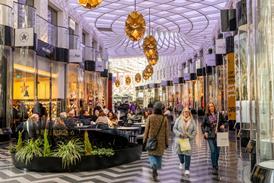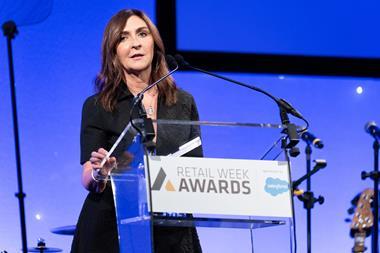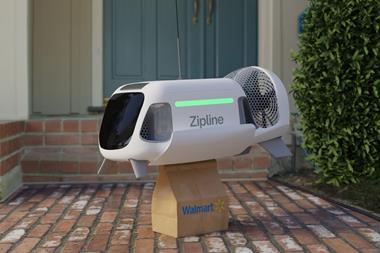Letting your customers pay the way they want to should be top of the agenda for retailers, says Elavon’s Michael Bosshammer as he takes a look at the biggest payment movements right now
Consumer spending habits are changing. With ever-growing demand for convenience, immediacy and flexibility, customers are looking for greater control in the ways they shop, save, consume and pay.
Fortunately, the payments industry is poised and ready to cater to this demand, taking advantage of the newest trends in technology to offer a multitude of ways for customers to pay, so retailers can offer them the control they’re looking for.
Here we explore the five biggest trends in payments for retail.
1. Open banking
While most of us are familiar with open banking as a way to pay bills or transfer money to friends, this payment method is climbing into the mainstream as a flexible and secure way to buy goods and services online.
Taking away the need to remember card numbers and security details, customers can complete payments quickly using their thumbprint or facial recognition, while gaining greater control over recurring payments for subscription-based services by managing them all in one place.
2. Digital wallets
Offering a safe and convenient way for customers to make payments using their mobile phone, digital wallets have become the golden standard of convenience in payments.
A bonus? They offer a whole host of rich customer data for retailers to sink their teeth into.
Explore Elavon’s deep dive into the future of digital wallets here.
3. Mobile phones as card machines
Bringing greater flexibility offline, a growing number of smaller retailers are streamlining their point-of-sale (PoS) service by taking payments via mobile phones.
Known as ‘tap to phone’, ‘tap on phone’ or ‘tap to pay’ – or, more technically, Soft PoS – customers can pay by tapping their card or making a phone-to-phone payment using their digital wallet.
4. Payments in the metaverse
Yes, we couldn’t talk about payment trends without mentioning the metaverse. It might sound futuristic, but while all the changes we’ve mentioned so far are happening in the physical world, people are starting to pay for things in the virtual world, too.
This could be anything from attending virtual tours and sports matches to buying new clothes after ‘trying them on’ virtually.
As the lines continue to blur between these worlds, it’s worth keeping virtual payments on your radar while planning for the future.
5. Data over sound
OK, we really are looking into the future now. Our final trend is ‘data-over-sound’ technology. Using high-frequency sounds (too high for people to hear), this tech allows devices to talk to each other – similar to Bluetooth but with a greater and more specific range.
An example of this tech in action would be a ticket on a smartphone app. By emitting a high-frequency sound, your app could alert the venue that you’re there and allow entry without the need to rummage around for a ticket or even queue.
Data over sound is still in development and its possible applications for various sectors are still being explored. We see loads of potential for this technology in the world of retail, so we will be keeping close tabs on this one.
And there we have it – the five biggest trends in payments for retail.
Learn more about the trends we’ve covered in this piece and explore wider insights from the team of payments experts at Elavon.

Michael Bosshammer is head of retail at Elavon Europe































